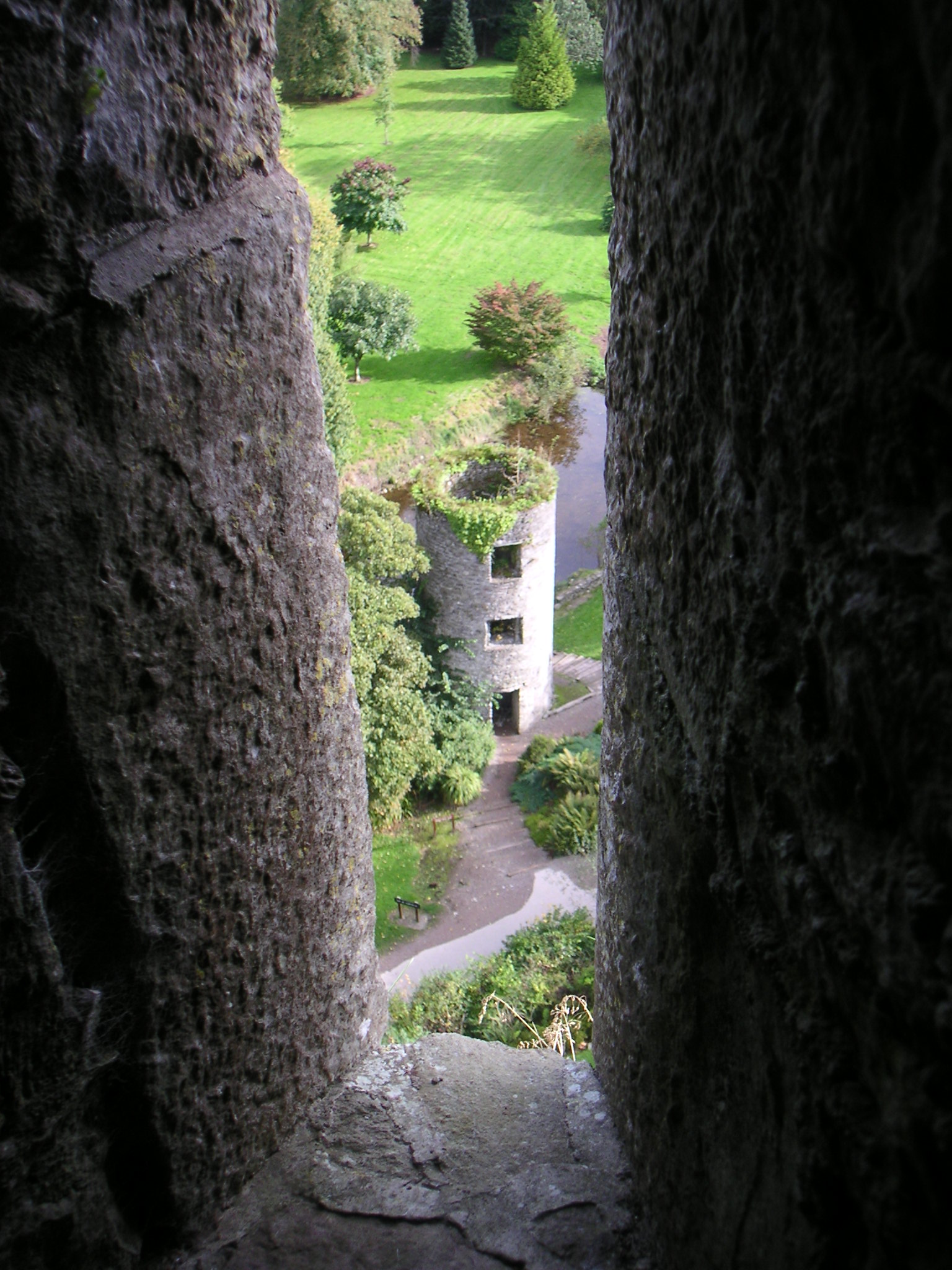


Ireland has two UNESCO World Heritage Sites and a wealth of natural beauty, but now there’s another reason to visit the Emerald Isle. The Wild Atlantic Way is a newly constructed 2,500km stretch of road that hugs the west coast from the Inishowen Peninsula in the north, to Kinsale in the south. To organise your Irish adventure, contact your personal travel manager today.
The longest coastal drive in the world, the Wild Atlantic Way flows harmoniously around the shoreline, rising and falling with the undulating landscape. The route was especially designed to showcase the west of Ireland and all modes of transport have been considered, including walking, cycling and driving.
The route is particularly popular with hikers and photographers, thanks to breathtaking views and scenery. The most popular hiking routes are around the Inishowen Peninsula and along the Cliffs of Moher. Both are spectacular, but the trail along Loop Head, on the Inishowen Peninsula is less known and consequently quieter.
The Cliffs of Moher make up a jagged coastline of sheer cliffs, allowing for dramatic views over the Atlantic Ocean. You can avoid the tourists which increase ten fold on the weekends, by arriving early and walking to the outermost more secluded crags. Hikers are rewarded for walking the extra distance with a 19th century watchtower, from which you can see the Aran Islands and Galway Bay.
156 discovery points have been dotted along the Wild Atlantic Way, making once hidden treasures available to the world. Interactive panels have been installed at these sites to provide cultural context and narrate the history of local communities. Highlights of the discovery points include watching traditional Donegal tweed being woven into garments, taking a seaweed bath or watching bottlenose dolphins at Aylevarro Point, as they frolic in the mouth of the Shannon River. Whatever your reason for visiting Ireland, make sure you take in the Wild Atlantic Way during your travels.
To discover more about the Wild Atlantic Way, read ’50 secrets of the Wild Atlantic Way’ by the Irish National Tourism Development Authority.